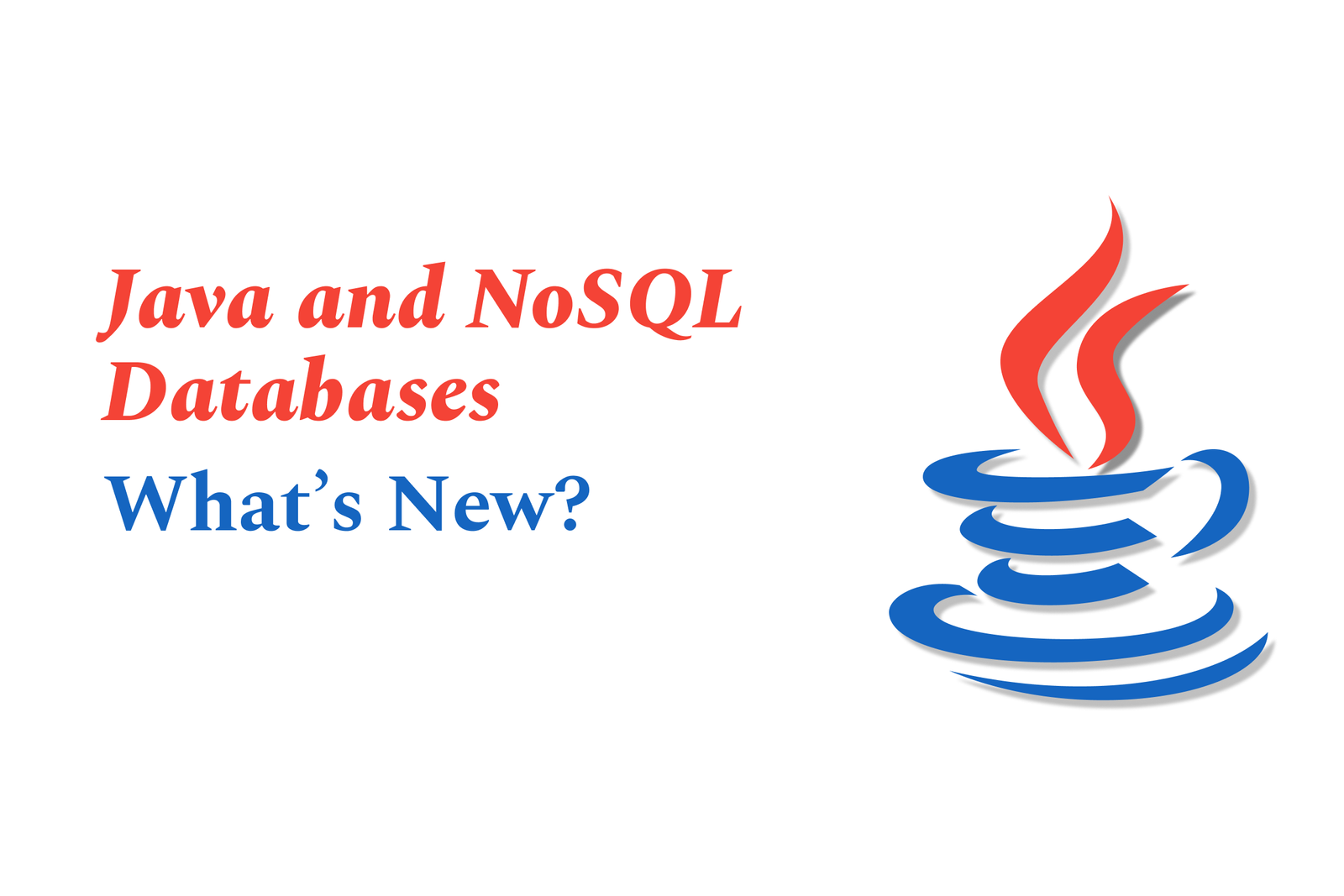Java And NoSQL Databases: What?S New?
Java and NoSQL databases are evolving together, offering developers scalable, flexible data solutions beyond traditional SQL. New advancements focus on seamless Java integration, enhanced query capabilities, and support for varied NoSQL models like document, key-value, and column-family stores.
Java and NoSQL Databases: What’s New?
1 ) Introduction to NoSQL Databases and Java
NoSQL databases differ fundamentally from traditional relational SQL databases by not relying on tables and structured query language.
These databases are designed for scalability, high availability, and flexible data models.
Java developers are increasingly exploring NoSQL options as alternatives or complements to relational databases.
2 ) Understanding NoSQL Database Types
There are four main categories of NoSQL databases:
Column Family (e.g., Cassandra): Uses unique keys connected to groups of key/value pairs, suitable for write heavy workloads but less flexible for ad hoc queries.
Key/Value (e.g., Riak): The simplest model, storing schema less key value pairs; excels in speed and simplicity.
Graph: Designed for highly connected data, emphasizing relationships (not expanded in detail in this summary).
Document: Stores data in document like structures (JSON/BSON), allowing flexible schemas.
3 ) Key Features and Challenges
Eventual Consistency: Many NoSQL systems, particularly key value and column family types, often embrace eventual consistency models rather than immediate consistency, impacting how data synchronization is handled.
The absence of SQL language is less significant than the fundamentally different data structures these databases employ.
Unlike relational databases where relationships are defined by foreign keys and fixed schemas, NoSQL databases allow for more dynamic and varying data formats, such as documents with different attributes.
4 ) NoSQL and Java Integration Insights
Java developers need to adjust from traditional relational thinking towards query driven design, focusing on how data is queried rather than simply how tables relate.
NoSQL databases often complement architectures that prioritize in memory operations and reduce IO wait times, as seen in systems like LMAX.
There is an ongoing need to understand the trade offs when adopting NoSQL, such as differences in consistency, transaction support, and query capabilities.
5 ) Practical Learning and Adoption
For Java developers new to NoSQL, starting with databases like ScyllaDB can be beneficial due to its scalability and query driven approach.
Transitioning to NoSQL requires learning new concepts and adapting development strategies, for which dedicated courses and communities offer valuable support.
Exploring real use cases and integrating NoSQL databases with Java applications helps solidify understanding and drives practical proficiency.
Summary:
The landscape of Java and NoSQL databases is evolving, emphasizing flexible data structures, scalability, and eventual consistency models. Java developers embracing NoSQL must update their approach from rigid relational schemas to dynamic, query driven designs. Understanding the different NoSQL models, their strengths, and challenges enables developers to select the best fit for their applications. Continuous learning and experimentation remain key to unlocking the full potential of NoSQL in the Java ecosystem.
https://justacademy.in/news-detail/future-of-react-native-in-enterprise-mobile-development
https://justacademy.in/news-detail/swift-6-and-async-sequences-in-ios-development
https://justacademy.in/news-detail/java-memory-model-updates-in-jdk-23
https://justacademy.in/news-detail/swiftui-charts-framework:-what?s-new-in-2025
https://justacademy.in/news-detail/dart-3.2:-what’s-new-for-flutter-devs
Related Posts
In 2025, top Angular libraries offer modern, feature-rich components and tools for building dynamic web apps. From powerful data grids to low-code platforms like UI Bakery, these libraries enhance development speed, UI design, and scalability, making them essential for Angular developers.
Migrating from AngularJS to Angular 17 involves gradually upgrading your app by running both frameworks together using tools like ngUpgrade, rewriting components in TypeScript, and adopting Angular’s modern architecture to enhance performance, maintainability, and long-term support.
Angular state management tools help organize and handle app data efficiently, improving scalability and maintainability. Popular options include NgRx for robust, RxJS-based patterns, and newer Signal Store solutions that offer simpler, reactive approaches integrated tightly with Angular’s latest features.
RxJS in Angular empowers developers to manage asynchronous data streams with powerful operators like `forkJoin`, `combineLatest`, and `zip`. Mastering these key operators in 2025 is essential for building efficient, reactive applications that handle complex event sequences seamlessly.
Angular performance optimization in 2025 focuses on improving app speed and responsiveness by using techniques like OnPush change detection, lazy loading, efficient data caching, and AOT compilation. These practices reduce load times, enhance user experience, and ensure scalable, fast Angular applications.
In 2025, Angular remains preferred for large-scale, enterprise apps with its robust, all-in-one framework, while Vue attracts developers seeking simplicity and fast development for smaller projects. Both frameworks excel, with choice driven by project needs and team expertise.
Angular Signals are a new reactive primitive in Angular 16 that enable fine-grained, efficient change detection by automatically tracking dependencies and updating only affected parts of the UI. They simplify state management and boost app performance, revolutionizing Angular's reactivity model.
Angular interview questions to prepare in 2025 focus on core concepts like components, directives, data binding, routing, and dependency injection, along with TypeScript mastery and latest Angular features to ensure strong practical knowledge for building scalable, efficient web applications.
AngularJS reached its official end of support in January 2022, meaning no further updates or security patches. To ensure app security and performance, developers should consider migrating to modern Angular versions or seek third-party long-term support options if immediate migration isn’t possible.
The Angular Roadmap 2025 highlights upcoming features focused on improving developer experience and performance, including zoneless Angular, Signals integration, enhanced Forms, async data handling, improved HMR, and expanded Angular Material/CDK enhancements, driving modern, efficient web app development.










